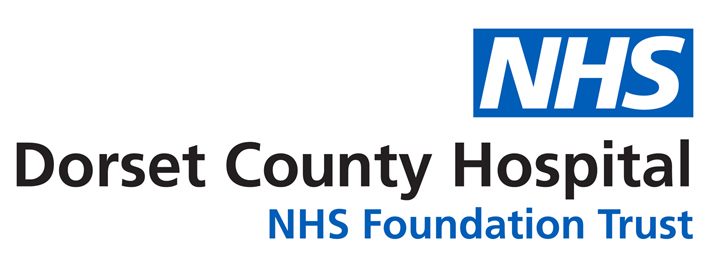Vocal Tract Relaxation Exercises
The aim of these exercises is for the vocal tract to release and for voice to be produced easily and without effort/tightening or ‘constriction’.
These exercises are often given to people who have excessive tension in their larynx. The larynx is the cartilage which sits at the front of your neck. It houses your muscles used for creating voice.
Yawning and sighing
- Open the mouth wide and yawn. Feel the air flow through your throat
- Sigh the air out gently
- This time, open the mouth, yawn and sigh the air out louder this time (but not forcefully).
Now open the mouth as if going to yawn and sigh out the following words:
Ha
Hard
Ham
Hay
Hail
Horn
He
Hand
Heart
High
Him
Hole
Hoe
Half
Home
Who
Haul
Hear
Tip: Try and be as gentle as possible. The aim is to encourage gentle adduction (bringing together) of the vocal cords.
Now try these phrases:
Head hunt
Half-hearted
Hover over
Hard hat
High house
Harp on
High horse
Happy hound
Hail him
Handy man
Hurry up
Have on
Hold on
Hand up
High up
If you have mastered these, try the following:
Hire a house
Hum a hymn
How are you
Hop over there
Here we are
High and mighty
Hand them over
Hammer and nails
Hunt a head
Tip: Take as long as you need. Do not rush these exercises. Allow 10 minutes to complete these exercises. Your speech and language therapist
will advise you on how many sets you need to complete. If you do not have time to put aside 10 minutes, try and incorporate these exercises into
your day to day life. For example:
- Whilst waiting for the kettle to boil
- During the TV adverts.
Contact numbers
We hope you have found this information useful. If you have any further questions, please contact your speech and language therapist.
Your speech and language therapist is:
Please ring the Speech and Language Therapy Department on 01305 255165 for assistance.
About this leaflet
Author: Speech and Language Therapy Department
Written: January 2021
Approved: September 2021
Review date: September 2024
Edition: v1
If you have feedback regarding the accuracy of the information contained in this leaflet, or if you would like a list of references used to develop this leaflet, please email patientinformation.leaflets@dchft.nhs.uk
Print leaflet